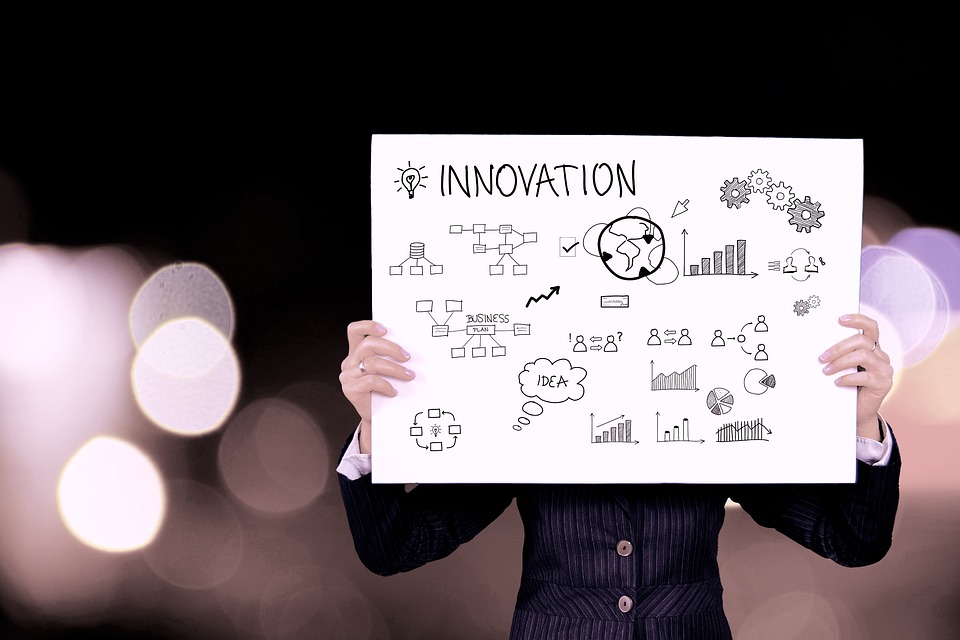As the world grapples with climate change, resource depletion, and environmental degradation, the call for sustainable practices has never been more urgent. Yet, amidst these challenges, an exhilarating wave of innovation is merging sustainability with technology, creating eco-friendly solutions that promise a greener tomorrow. This article explores how businesses, individuals, and communities are leveraging innovative strategies to promote sustainability across various sectors.
The Emerging Landscape of Sustainability
Sustainability isn’t merely a buzzword; it embodies a holistic approach that seeks to meet the needs of the present without compromising the ability of future generations to meet their own. From renewable energy sources and sustainable agriculture to waste management and eco-friendly materials, various sectors are now prioritizing sustainable practices.
The Role of Technology
Technology is at the forefront of the sustainability movement. Innovative solutions are being developed to address environmental challenges, significantly reducing carbon footprints and promoting resource efficiency. Here are some key areas where technology intersects with sustainability:
-
Renewable Energy Technologies: Solar, wind, and geothermal energy have seen remarkable advancements, making them more cost-effective and accessible. Innovations such as solar panel efficiency improvements and offshore wind farms are transforming energy landscapes globally.
-
Smart Grids and Energy Management: Smart grids combine traditional energy systems with digital technology to optimize the distribution of electricity. This not only increases efficiency but also allows for better integration of renewable sources, reducing reliance on fossil fuels.
- Sustainable Agriculture: Techniques like vertical farming and precision agriculture leverage data and technology to enhance crop yields while minimizing water usage and chemical inputs. Drones and IoT sensors enable farmers to monitor their crops and soil conditions, making agricultural practices more sustainable.
Circular Economy: A Paradigm Shift
The concept of a circular economy is gaining traction, promoting the reuse and recycling of materials rather than the traditional linear model of "take, make, dispose." This shift encourages businesses to redesign products for longevity, adopt sustainable packaging solutions, and establish take-back programs. Companies like Adidas are creating shoes from recycled ocean plastic, showcasing how innovation can align with sustainability.
Consumer Behavior and Awareness
As consumers become increasingly aware of environmental issues, their preferences significantly impact market trends. Sustainable products are no longer niche; they are mainstream. Brands that prioritize sustainable practices not only attract environmentally conscious consumers but also benefit from enhanced brand loyalty. Companies like Patagonia and Unilever are leading the way, showcasing how sustainability can be woven into the core business strategy.
Collaboration and Community Engagement
True sustainability requires a collective effort. Public-private partnerships, community initiatives, and global collaborations are essential in driving large-scale change. For instance, initiatives like the “We Are Still In” coalition in the United States rally cities, states, and businesses to uphold the commitments made in the Paris Agreement despite political challenges.
Innovations in Waste Management
Innovations in waste management are critical for achieving sustainability. Technologies that convert waste into energy, such as anaerobic digestion, are gaining traction. Mobile apps are also emerging to help consumers track their waste and recycling habits, fostering a culture of accountability and awareness.
The Future of Eco-Friendly Solutions
The future of sustainability is bright, with countless innovations on the horizon. Bioengineering and biotechnology are poised to revolutionize industries by creating sustainable materials and products, such as biodegradable plastics and eco-friendly textiles. Furthermore, advancements in carbon capture technology might offer solutions for reducing greenhouse gas emissions from industrial processes.
Challenges Ahead
Despite the progress, challenges remain. Transitioning to sustainable practices often requires significant investment and a shift in mindset, which can be daunting for many organizations. Policy support, stakeholder engagement, and continuous innovation will be crucial in overcoming these barriers.
Conclusion
The fusion of sustainability and innovation is paving the way for a brighter, greener future. By embracing eco-friendly solutions, we can build a sustainable world that preserves our planet for generations to come. The synergy between technology and sustainable practices not only creates economic opportunities but also fosters a culture of responsibility and stewardship towards the Earth. As individuals, businesses, and communities contribute to this movement, we can collectively usher in a greener tomorrow.



